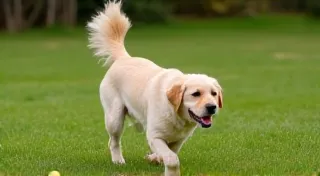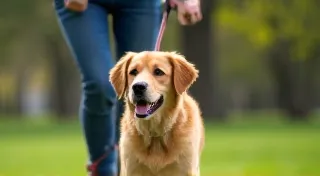Dog Grooming 101: Essential Tips for a Happy, Healthy Coat
Grooming isn't just about keeping your dog looking their best; it's a vital part of their overall health and well-being. Regular grooming helps maintain a healthy coat, prevents painful matting, allows you to spot potential health problems early, and strengthens the bond between you and your furry friend. This guide will walk you through the essential dog grooming practices you should incorporate into your routine. As a responsible pet owner, it's crucial to understand that grooming extends beyond mere aesthetics; it's a cornerstone of a fulfilling and ethical relationship with your canine companion. See our guide to responsible pet ownership for a broader overview of what that entails.
Why is Dog Grooming Important?
Beyond aesthetics, grooming provides several health benefits:
- Healthy Skin & Coat: Regular brushing stimulates blood flow to the skin, distributing natural oils and keeping the coat shiny and healthy.
- Early Detection of Problems: Grooming provides an opportunity to check for lumps, bumps, fleas, ticks, skin irritations, and other potential health concerns. This proactive approach is key to addressing issues before they become serious.
- Prevention of Matting: Matted fur can be painful and lead to skin infections. Regular brushing prevents mats from forming. Dealing with matted fur isn’t just about the dog’s comfort, it’s an important part of overall health.
- Bonding Opportunity: Grooming can be a relaxing and enjoyable experience for both you and your dog, strengthening your bond. Positive reinforcement and gentle handling during grooming can solidify the connection you share.
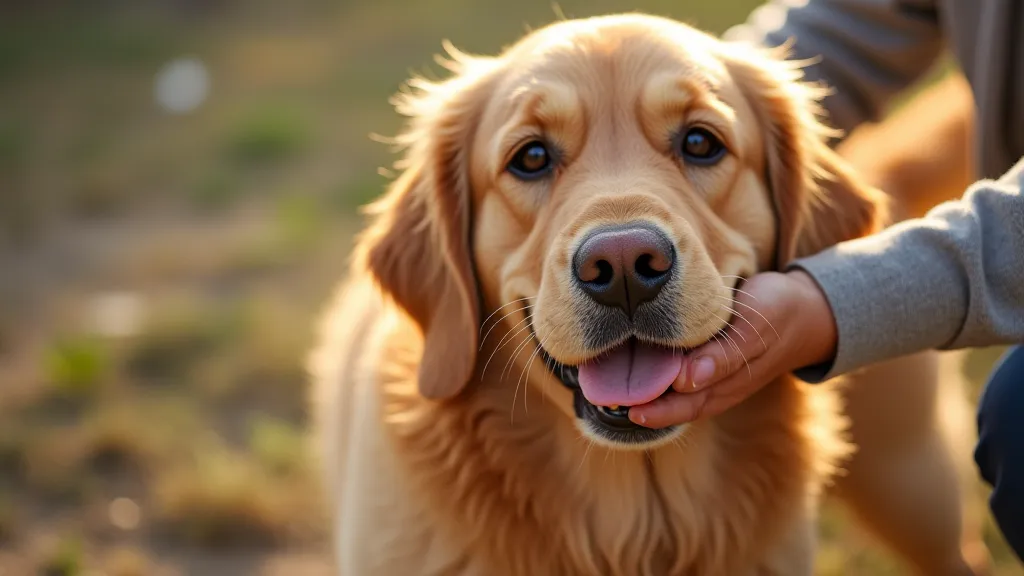
Essential Grooming Practices
Brushing: The Foundation of a Healthy Coat
Brushing is arguably the most crucial aspect of dog grooming. The frequency and type of brush you use will depend on your dog's breed and coat type. Knowing your dog's breed and understanding its specific needs is paramount. For example, if you have a loyal and protective German Shepherd, regular grooming is absolutely essential to maintain their health and well-being. You can find more detailed information on various breeds on our breed profile page.
- Short-haired breeds (e.g., Beagle, Labrador): Brush weekly with a rubber brush or de-shedding tool.
- Long-haired breeds (e.g., Shih Tzu, Maltese): Daily brushing is often necessary to prevent mats. Use a slicker brush and a metal comb.
- Double-coated breeds (e.g., Husky, German Shepherd): These breeds shed a lot! Regular brushing, especially during shedding season, is vital. Use an undercoat rake to remove loose fur.
Bathing: Not as Often as You Think
Bathing too frequently can strip your dog’s coat of its natural oils, leading to dry skin and irritation. Generally, bathing every 1-3 months is sufficient. Use a dog-specific shampoo to avoid harsh chemicals. Consider the breed and lifestyle of your dog when determining bathing frequency; active dogs often require more frequent baths. The ritualistic aspect of grooming, and the connection it can foster, shouldn't be underestimated - exploring grooming as ritual can enhance this experience.
- Wet your dog thoroughly with lukewarm water.
- Apply shampoo and massage gently, avoiding the eyes and ears.
- Rinse completely to remove all traces of shampoo.
- Towel dry your dog and allow them to air dry or use a low-heat hairdryer.
Nail Trimming: Maintaining Healthy Paws
Overgrown nails can cause discomfort and even lead to skeletal problems. Trim your dog's nails regularly (every 2-4 weeks, depending on growth rate). If you're unsure how to do it safely, consult a professional groomer or veterinarian. Always have styptic powder on hand to stop bleeding if you accidentally cut the quick (the blood vessel inside the nail). The right tools and careful execution are essential for a stress-free experience for your dog. Dealing with these moments requires patience and a commitment to their well-being.
Ear Cleaning: Preventing Infections
Regular ear cleaning helps prevent ear infections. Use a dog-specific ear cleaning solution and cotton balls to gently clean the outer ear canal. Never insert anything deep into the ear canal. It's a surprisingly common area for issues to arise, often related to breed predisposition or environmental factors.
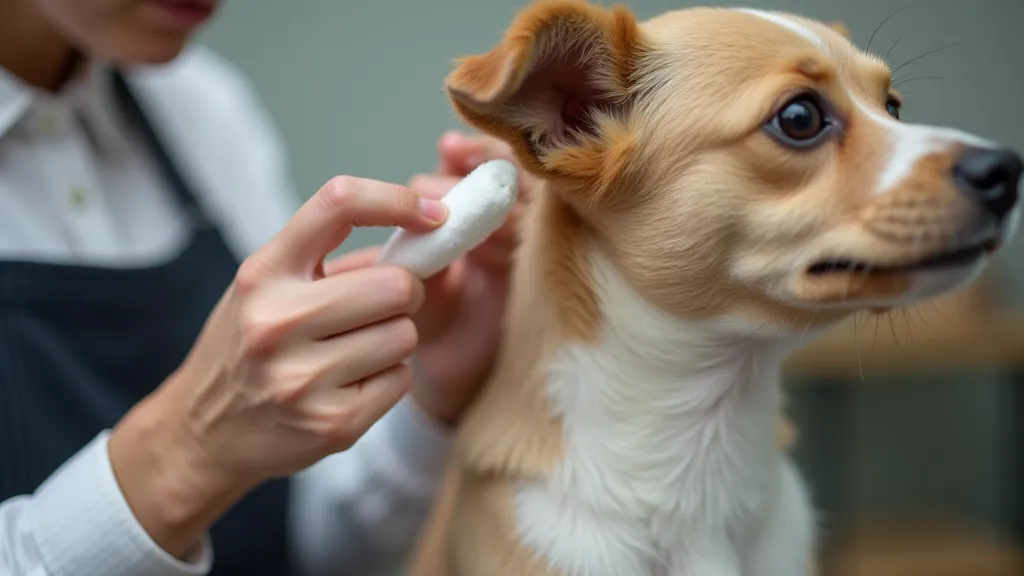
Dental Care: Don't Forget the Mouth!
Good oral hygiene is essential for overall health. Brush your dog’s teeth regularly with a dog-specific toothpaste. Consider dental chews and professional cleanings to maintain healthy gums and prevent dental disease. The health of your dog's mouth directly impacts their ability to eat and enjoy life. A consistent oral hygiene routine is a simple investment in their long-term happiness. Neglecting dental care can lead to a cascade of health issues, impacting their overall quality of life – a holistic view of pet care is vital.
Understanding the Ethical Dimensions of Pet Ownership
Beyond the practical aspects of grooming, it’s important to reflect on the broader ethical responsibilities we have to our companion animals. Abandoning a pet is a tragic situation with far-reaching consequences. Consider the story of countless abandoned animals and the importance of commitment and responsible care. You can read more about this serious issue on our page discussing the frayed leash. These heartbreaking cases remind us of the gravity of the commitment we make when bringing a pet into our lives. It's about more than just providing food and shelter; it's a lifelong promise of care and companionship.
Choosing the Right Tools for the Job
Having the right grooming tools can make a huge difference in the experience for both you and your dog. Dull or inappropriate tools can cause discomfort and make the process more difficult. Selecting high-quality, dog-specific tools demonstrates a commitment to their well-being.
Grooming Tools You’re Likely to Need – and How to Choose Wisely
- Slicker Brush: For removing loose fur and tangles. Look for a brush with rounded tips to prevent skin irritation.
- Metal Comb: For detangling and checking for mats. A fine-toothed comb is ideal for long-haired breeds.
- Undercoat Rake: Specifically designed for double-coated breeds. Choose a rake with rotating pins for efficient fur removal.
- Nail Clippers: Guillotine or scissor-type. Ensure the clippers are sharp and easy to handle.
- Styptic Powder: To stop bleeding from nail trims. Always have this on hand for emergencies.
- Dog-Specific Shampoo: Gentle and moisturizing. Avoid shampoos with harsh chemicals or fragrances.
- Ear Cleaning Solution: For removing wax and debris. Choose a solution that is specifically formulated for dogs.
- Cotton Balls: For ear cleaning. Use soft, absorbent cotton balls to gently clean the ears.
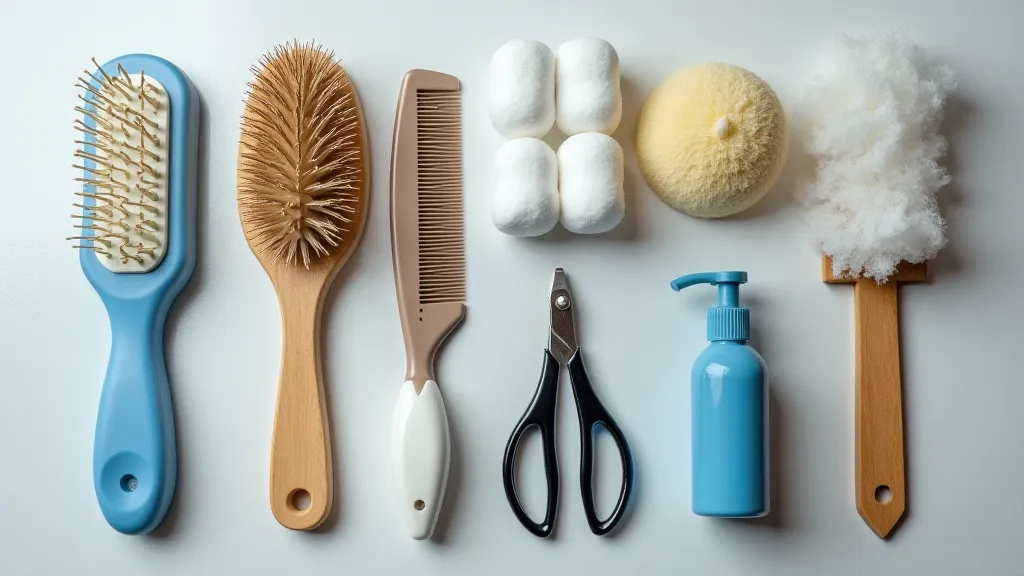
Conclusion
Establishing a regular grooming routine is a vital aspect of responsible pet ownership. It's more than just keeping your dog looking good—it's about proactively addressing health concerns, strengthening your bond, and fulfilling your ethical obligations as a pet parent. Remember to always be gentle and patient, making grooming a positive experience for both you and your furry friend. A well-groomed dog isn’t just aesthetically pleasing; they are a testament to the care and commitment we provide. Consider that grooming as ritual can be a very rewarding part of that commitment. The ongoing commitment to understanding your pet's needs – both physical and emotional – is a testament to the beautiful partnership you share.


